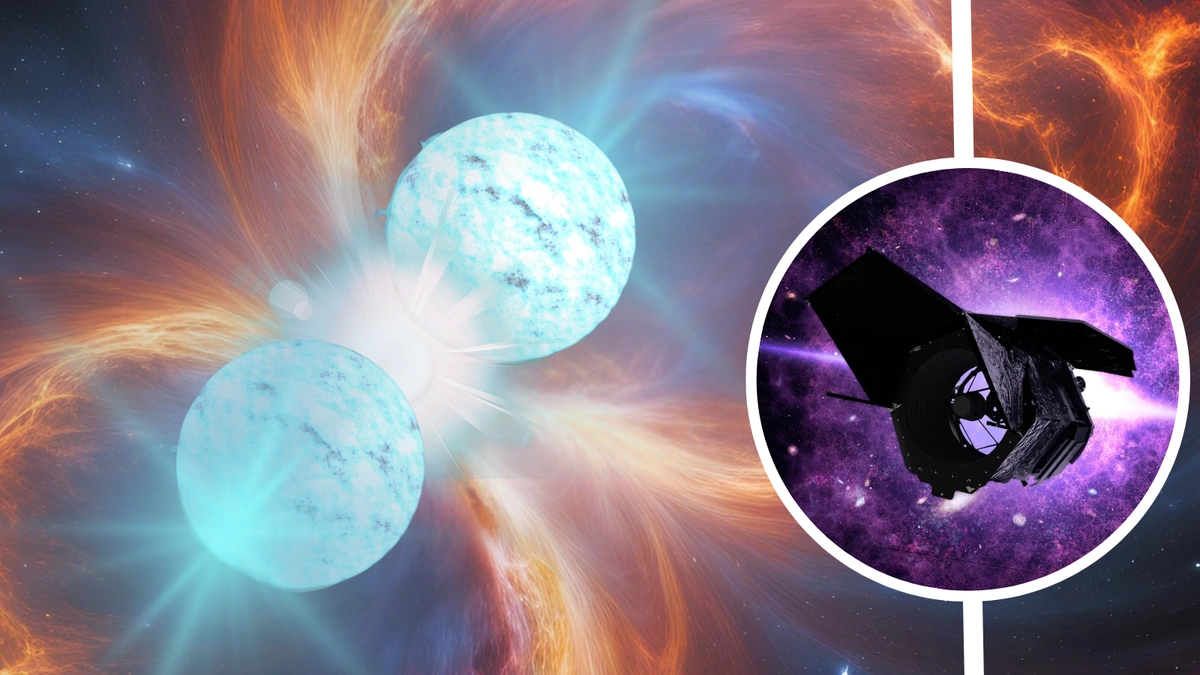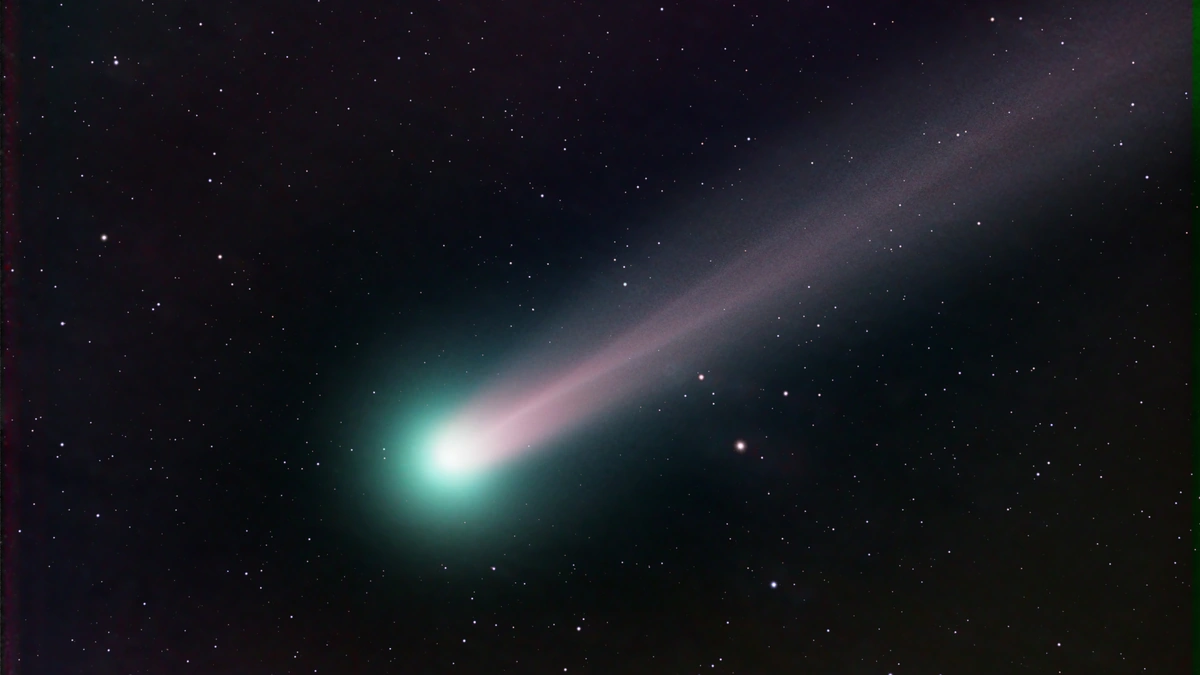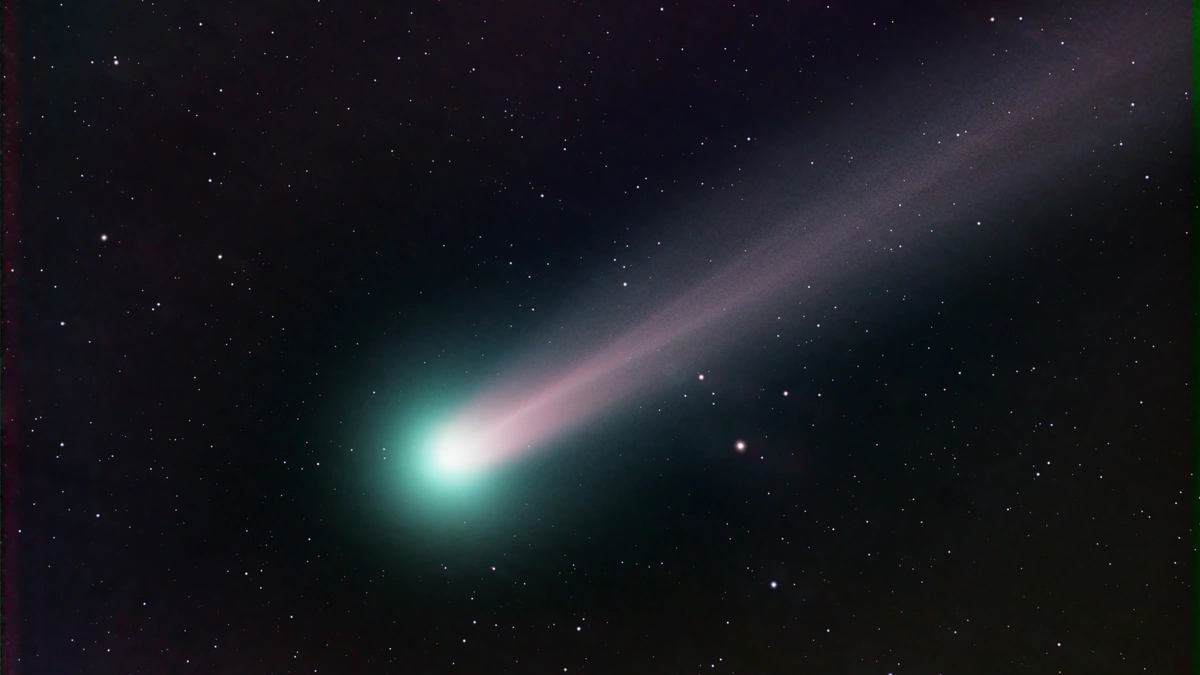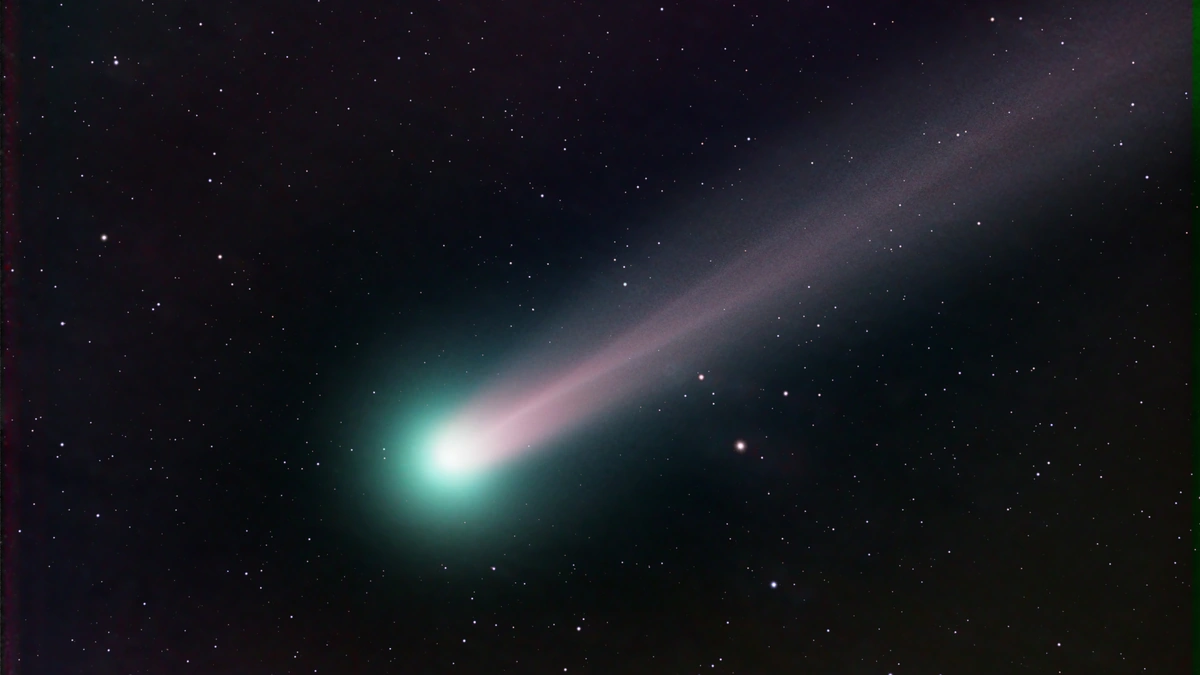October Skies Ablaze | Rare Comet Duo & Orionid Meteor Shower Spectacle
October. Just the name conjures up images of vibrant fall foliage, pumpkin spice lattes, and… well, if you’re anything like me, an insatiable curiosity about what’s happening above us. This October, the cosmos is putting on a show that you absolutely do not want to miss. We’re talking a rare comet duo and the always-reliable Orionid meteor shower. Get ready, because the October skies are about to be ablaze!
But here’s the thing: cosmic events aren’t just pretty lights in the sky. They’re a reminder of our place in the universe, a chance to connect with something far bigger than ourselves. And honestly, in today’s chaotic world, who couldn’t use a little perspective?
Why This October’s Sky Show Matters (More Than You Think)
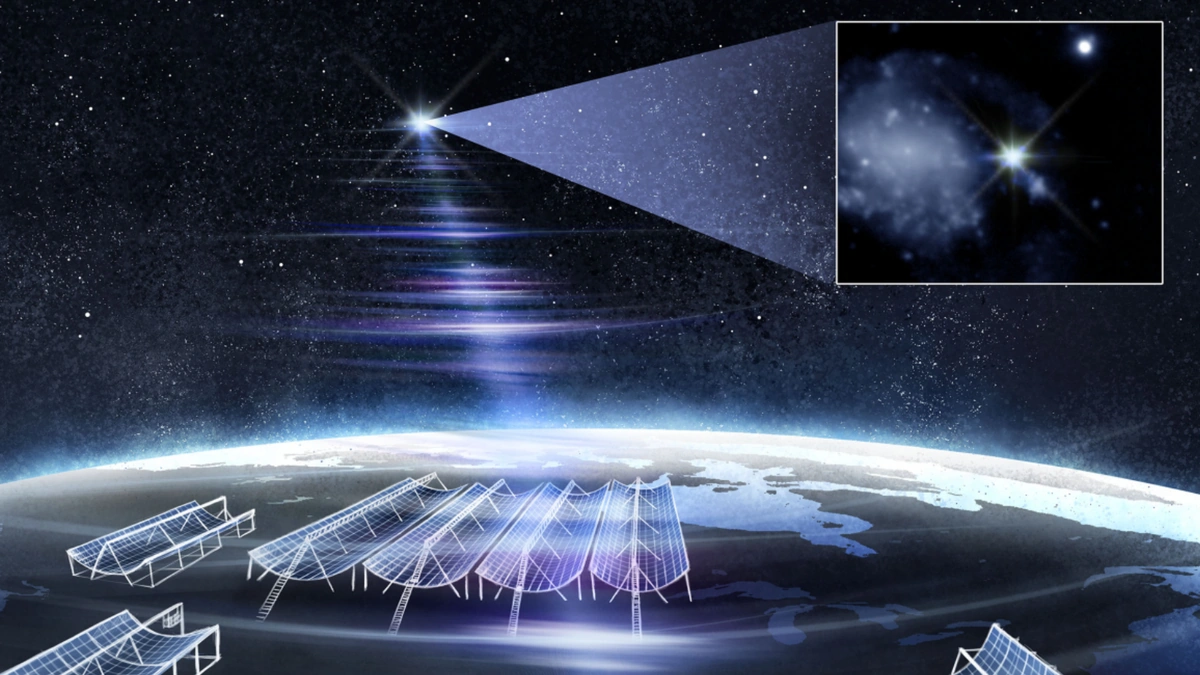
So, why should you care about a couple of comets and some shooting stars? Let me tell you, it’s not just about the pretty pictures (though those will be amazing, I promise!). It’s about understanding the bigger picture. These cosmic events offer a unique window into the history of our solar system. The appearance of these comets, and the predictable yet wondrous Orionid meteor shower, are not just random occurrences. They’re the result of celestial mechanics, the dance of gravity and inertia that has shaped our cosmic neighborhood for billions of years.
Think of comets as cosmic time capsules. They’re remnants from the early days of the solar system, icy bodies that have been preserved in the deep freeze of space. As they approach the sun, they release gas and dust, creating those spectacular tails we see from Earth. Studying these comets can tell us about the composition of the early solar system and potentially even the origins of life itself. Pretty cool, right? You can find details of past events at Wikipedia .
And the Orionids? Those are tiny pieces of Halley’s Comet, burning up in our atmosphere. Every year, Earth passes through the debris field left behind by this famous comet, giving us a reliable display of shooting stars. It’s like Halley’s Comet is still visiting us, even though it only comes close to Earth every 75-76 years.
How to Witness the Cosmic Spectacle (Even From Your Balcony)
Okay, you’re convinced. You want to see this show. But how? Don’t worry, you don’t need a fancy telescope or a PhD in astrophysics. Here’s a simple guide to help you experience the rare comet duo and the meteor shower.
- Find a dark spot: This is crucial. City lights are the enemy of stargazers. The further away from urban areas you can get, the better. If you can’t escape the city, try to find a park or open space with minimal light pollution.
- Check the moon phase: A bright moon can wash out fainter meteors and comets. Ideally, you want to observe during a new moon or when the moon is in its crescent phase.
- Know when to look: The Orionid meteor shower typically peaks around October 20-21. As for the comets, keep an eye on astronomy websites and apps for the most up-to-date information on their positions and visibility.
- Give your eyes time to adjust: It takes about 20-30 minutes for your eyes to fully adapt to the darkness. Avoid looking at your phone or any other bright lights during this time.
- Be patient: Stargazing requires patience. You might not see anything for the first few minutes, but eventually, your eyes will start to pick up fainter objects. And when you finally spot that first meteor streaking across the sky, it’ll all be worth it.
A common mistake I see people make is thinking they need expensive equipment. While a telescope can enhance your viewing experience, it’s not essential. Your naked eyes are the best tool for meteor showers. Binoculars can help you spot comets, but even those aren’t always necessary.
The Emotional Connection | Finding Awe in the Universe
Let’s be honest, sometimes life feels overwhelming. Deadlines, traffic, endless news cycles – it’s easy to get caught up in the daily grind. But then, you look up at the night sky and see a shooting star, and suddenly, everything snaps into perspective. The universe is vast, ancient, and awe-inspiring. And we’re just a tiny part of it. It reminds us of the smallness of our problems in the grand scheme of things. Witnessing a cosmic event like this can be a deeply emotional experience. It can evoke feelings of wonder, humility, and connection to something larger than ourselves.
I remember the first time I saw the Milky Way. I was camping in the Himalayas, far away from any city lights. The sky was so dark and clear that the entire galaxy was visible, a river of stars stretching across the heavens. It was a breathtaking sight, and it filled me with a sense of awe that I’ll never forget. Moments like that remind me why I’m so fascinated by the cosmos.
And that’s why I encourage you to take some time this October to look up at the sky. Disconnect from the digital world, breathe in the crisp autumn air, and let the universe work its magic. You might just be surprised at what you discover – not just in the sky, but within yourself. Read more about similar celestial events at Chandra Grahan in India .
Comet Visibility and the Impact of Light Pollution
The visibility of comets is heavily influenced by light pollution. As cities grow, the artificial light they produce scatters in the atmosphere, creating a bright background that obscures fainter celestial objects. This makes it increasingly difficult to see comets, meteors, and even stars from urban areas. It’s a sad reality, but it’s also a powerful reminder of the importance of preserving dark skies. There are organizations dedicated to fighting light pollution and promoting responsible lighting practices. By supporting these efforts, we can help ensure that future generations have the opportunity to experience the wonders of the night sky.
While some comets are bright enough to be seen with the naked eye even in moderately light-polluted areas, the fainter ones require darker skies. That’s why astronomers and amateur stargazers often travel to remote locations to observe these celestial visitors. The darker the sky, the more details you can see, and the more rewarding the experience. The impact of light pollution is a serious concern for astronomy and for our connection to the natural world.
Understanding the Orionid Meteor Shower’s Radiant
The Orionid meteor shower is named after the constellation Orion, because the meteors appear to radiate from a point near this constellation. This radiant effect is caused by perspective. The meteors are all traveling in parallel paths, but as Earth moves through the stream of debris, they appear to originate from a single point in the sky. The radiant point is a useful guide for finding the meteor shower, but you don’t need to look directly at it to see the meteors. They can appear anywhere in the sky.
What fascinates me is how predictable these showers are. We know when they’re going to happen, and we know roughly how many meteors to expect per hour. This predictability is a testament to our understanding of celestial mechanics. It’s like we’ve cracked the code of the cosmos, and we can predict the arrival of these celestial visitors with remarkable accuracy. This information is easily available in the Surya Grahanam article.
FAQ About October’s Cosmic Events
What if the weather is cloudy?
Unfortunately, there’s not much you can do about cloudy weather. Keep an eye on the forecast and hope for a break in the clouds. If you miss the peak of the meteor shower, you might still see some meteors on the nights before and after.
Do I need any special equipment?
No, you don’t need any special equipment to view the meteor shower. Your naked eyes are the best tool. For comets, binoculars can be helpful but are not essential.
What time should I go outside to watch?
The best time to view the Orionid meteor shower is typically after midnight, when the radiant point is higher in the sky. Comets are best viewed when they are highest above the horizon, which varies depending on their position.
How many meteors can I expect to see?
During the peak of the Orionid meteor shower, you can expect to see around 20 meteors per hour under ideal conditions. However, this can vary depending on the darkness of the sky and other factors.
So, as you gaze up at the ablaze October skies , remember that you’re not just watching a show. You’re connecting with the cosmos, with the history of our solar system, and with the sense of wonder that makes us human. And that, my friends, is something truly special.
